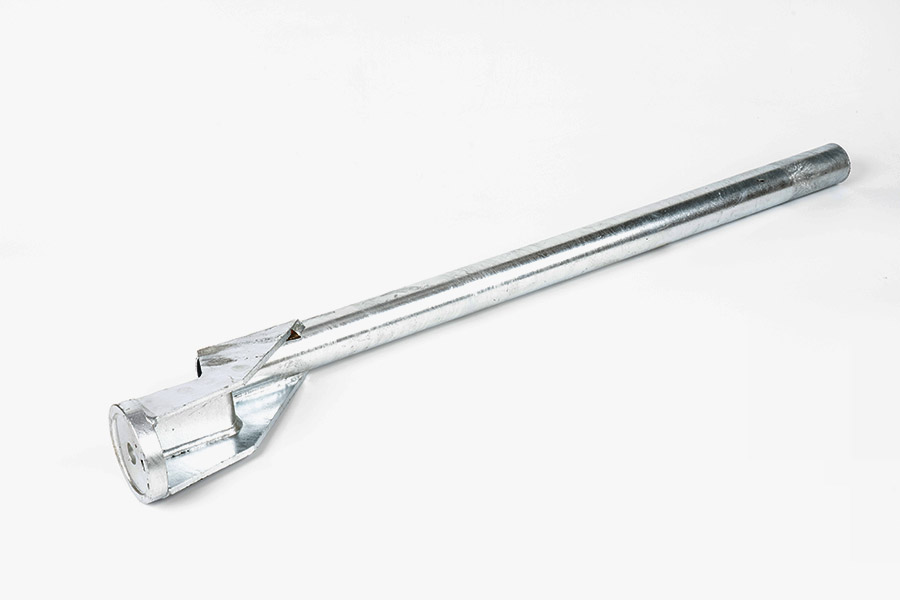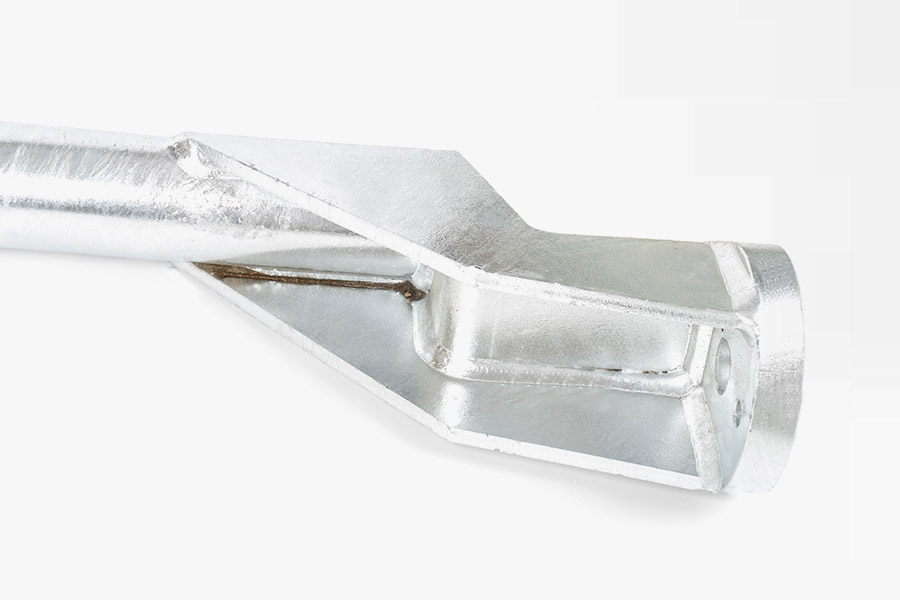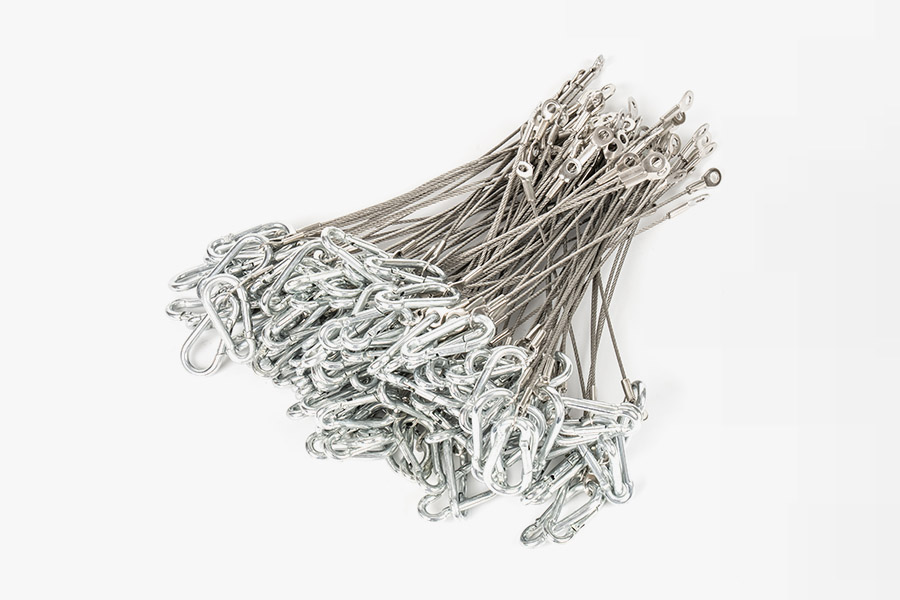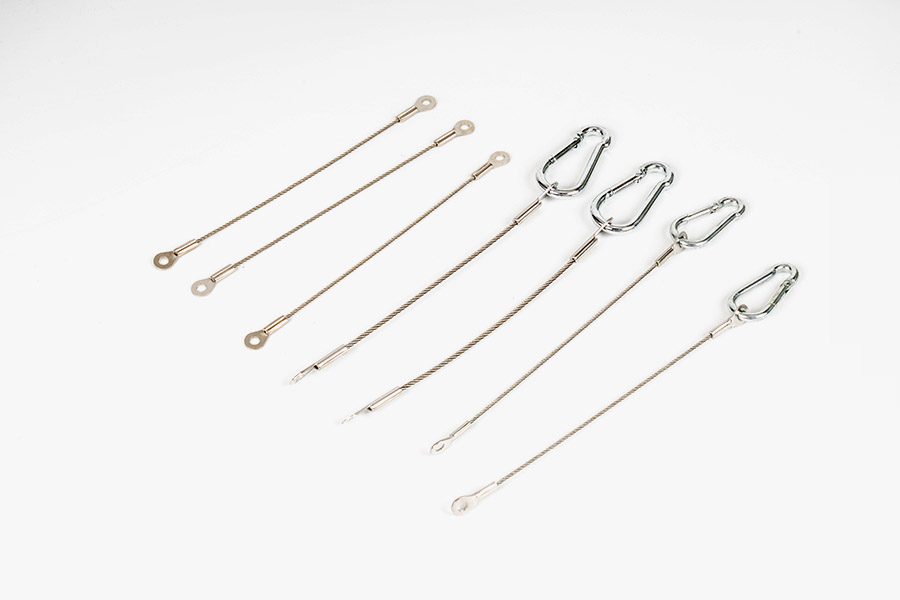How to improve the precision, durability and production efficiency of various industries through sheet metal processing?
 2025.07.02
2025.07.02
 Industry News
Industry News
Definition and process flow of sheet metal parts processing
Sheet metal parts processing is a manufacturing process that transforms metal sheets into various shapes and products through cutting, bending, assembly and other technologies. This process is very diverse, ranging from simple single components to complex assembly structures, covering a wide range of applications. The processing of sheet metal parts generally includes the following key steps:
Precision cutting: Cutting is the first step in sheet metal processing, usually using high-precision technologies such as laser cutting, plasma cutting or water jet cutting. These technologies can effectively cut metal sheets into the required shape, ensuring that the size of each part meets the design requirements while reducing material waste.
Bending and forming: Bending is another common step in sheet metal processing. By using hydraulic bending machines and dies, sheet metal parts can be bent according to design requirements to form a variety of complex geometric shapes. This process requires precise control to ensure that the angles, curvatures, etc. of the parts meet strict tolerance requirements.
Assembly and connection: The final form of sheet metal parts usually requires the assembly of multiple parts, which involves methods such as welding, riveting or bonding. Through precise assembly technology, sheet metal parts can be seamlessly connected with other components to meet the strength and functional requirements of various industrial applications.
Through these processes, the shape, size and functionality of sheet metal parts are precisely controlled and realized, thus meeting customers' demands for high quality and high precision.
Core advantages of sheet metal parts
High precision and dimensional consistency: With advanced sheet metal processing technology, our sheet metal parts can accurately meet millimeter-level tolerance requirements. This is particularly important for industries such as automotive, aerospace, and electronic equipment, which have extremely high requirements for the dimensional accuracy and stability of parts.
Material diversity: Sheet metal processing is suitable for a variety of metal materials, including stainless steel, aluminum, copper, iron and alloys. Whether it is a material that requires high strength and corrosion resistance, or a product that requires light weight, sheet metal processing can provide an ideal material choice.
Durability and strength: Through the use of precise processes and high-strength materials, sheet metal parts can maintain extremely high pressure resistance, impact resistance and high temperature resistance after processing. In fields such as automotive and electronic equipment, durability and strength requirements are particularly prominent, and sheet metal parts can effectively ensure the long-term stable operation of equipment.
Flexibility and customized services: Sheet metal processing is very flexible and can provide customized services according to customer needs. Whether it is mass production or small batch customization, sheet metal processing can meet the production needs of different customers. In highly personalized customization solutions, sheet metal parts can flexibly adapt to various shapes and functional requirements, improving the adaptability and innovation of products.
Efficient production and cost-effectiveness: Sheet metal processing can efficiently carry out mass production. Through optimized production processes and equipment, a large number of sheet metal parts can be manufactured in a short time. At the same time, through precise processing and efficient material utilization, production costs are reduced and the overall cost-effectiveness of customers is improved.
Wide application areas of sheet metal parts
The application of sheet metal parts covers almost all industrial fields. The following are some typical application scenarios
Automobile manufacturing: Sheet metal parts play a vital role in the automotive industry. Body frames, chassis brackets, engine casings and other parts all need to be completed through sheet metal processing technology. These parts not only require high precision, but also must have strong pressure resistance and durability to ensure the stability and safety of the car under various complex working conditions.
Aerospace: In the aerospace industry, sheet metal parts are also widely used. Key components such as aircraft fuselages, engine casings, and cabin doors require parts to have extremely high strength, corrosion resistance, and high temperature resistance. The application of sheet metal parts in aerospace ensures the structural safety and long-term stability of aircraft.
Electronic equipment: Sheet metal parts also occupy an important position in electronic equipment. The casings and internal structural parts of many electronic products rely on sheet metal processing. Through precise sheet metal processing, electronic equipment can be provided with casing protection and its durability can be enhanced. At the same time, the processing of sheet metal parts can also help improve the heat dissipation efficiency of electronic equipment and ensure its normal operation.
Construction industry: In the construction industry, sheet metal parts are often used in building facilities such as door and window frames, building steel structures, and air conditioning casings. These parts not only need to meet strength requirements, but also have good aesthetics and corrosion resistance to ensure long-term service life.

 Eng
Eng  中文简体
中文简体









